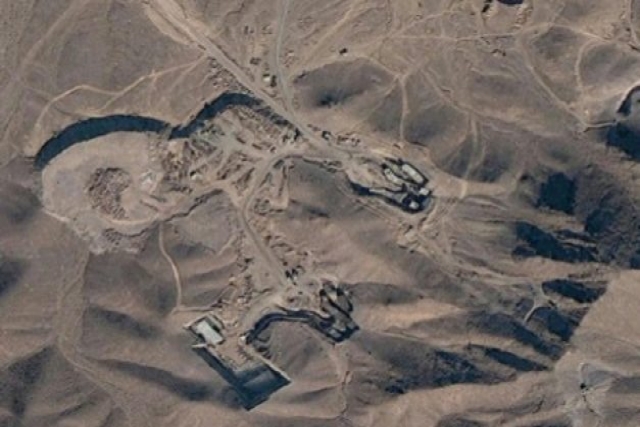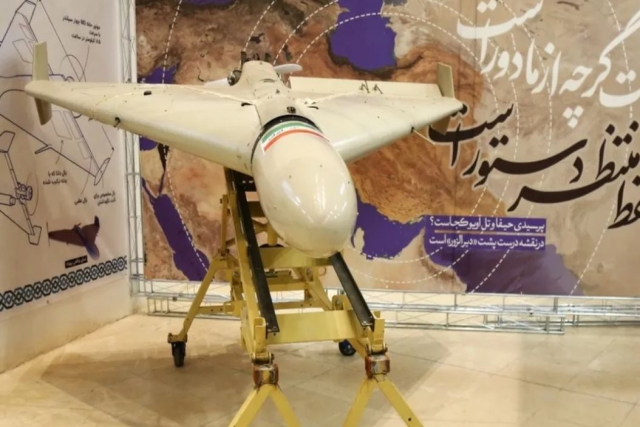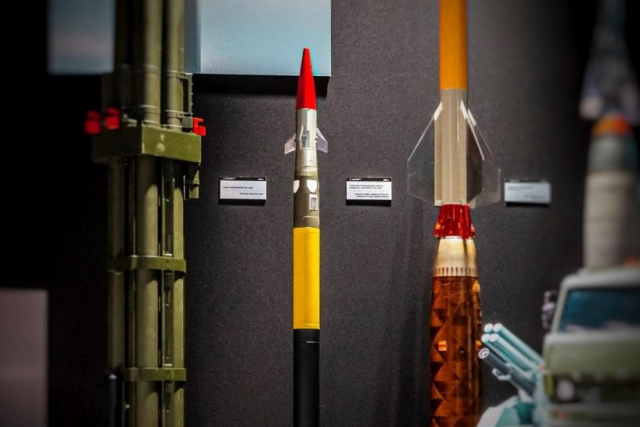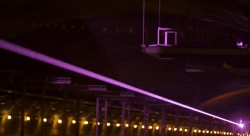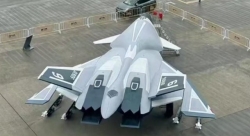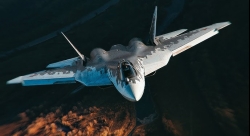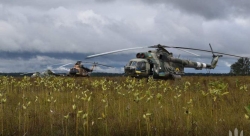Massive Blast in Iran’s Fordow Nuclear Site After US Strike, Damage not Known
The GBU-57A/B MOP hit exactly where the Fordow facility diagram shows the "centrifuge halls."
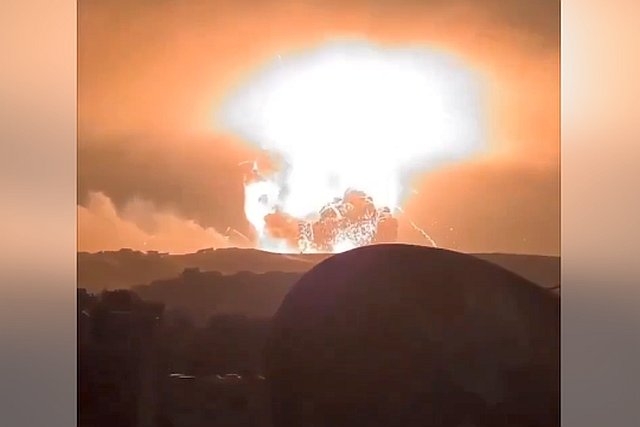
The first satellite image of the Fordow facility after the US Air Force strikes shows a massive blast that lit up the night sky for miles but satellite images do not confirm damage to the centrifuges buried tens of meters deep in the mountain.
Presumably, the impact site of one of the GBU-57A/B MOPs and the adjacent subsidence of the ground from the bomb that penetrated deep into the ground (right) are visible. The GBU-57A/B MOP hit exactly where the Fordow facility diagram shows the "centrifuge halls."
However, it is not known whether the munition managed to penetrate the tens of meters of rock that towered above the facility. And if it did, what damage was caused, given the hasty evacuation of the facility by the Iranians.
Approximate chronology of American airstrikes on Iranian nuclear program facilities based on open source reports. Time is given in Tehran time zone (+30 minutes from Moscow time).According to the NYT, six B-2A Spirit strategic bombers were involved in the operation , dropping 12 GBU-57A/B MOP bunker buster bombs on the facility in Fordow.
The facilities in Natanz and Isfahan were hit by 30 BGM-109 Tomahawk cruise missiles launched from submarines.Additionally, two GBU-57A/B MOPs were dropped on the facility in Natanz.
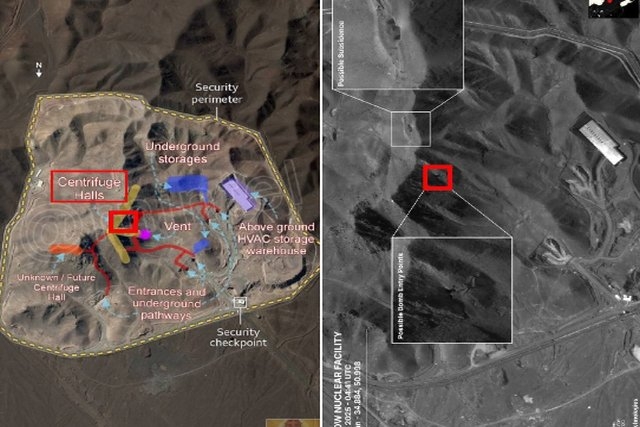
Israeli military distracted Iranian defenses
— Until 1am: Israeli kamikaze drones distract air defenses in several areas.
— 01:14: Jets were heard over Shiraz.
— 01:22: Several jets were heard over central Iran. — 02:04
: Two jets and an explosion were heard near Qom, near which Fordo is located.
— 02:13: An explosion was heard near Kashan, also near Fordo.
— 02:38: An explosion was heard in Fordo, but it was assumed that a drone was intercepted. It is now clear that it was an airstrike.
— 02:41: A loud explosion was heard at the Isfahan Nuclear Technology and Research Center. — 02:46:
An explosion was heard at the Natanz uranium enrichment facility.
— 02:55: GPS jamming was observed across Iran.
